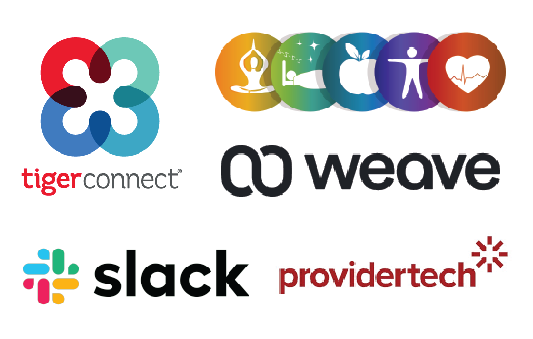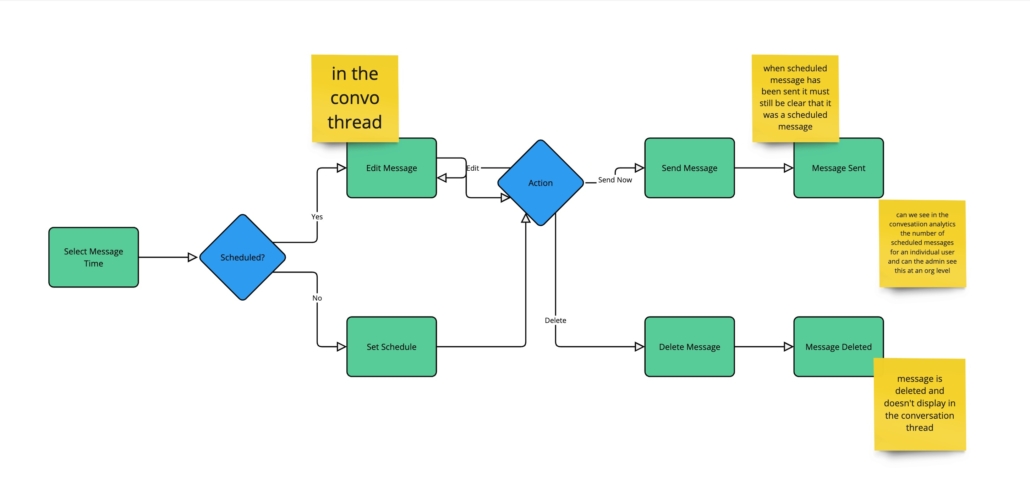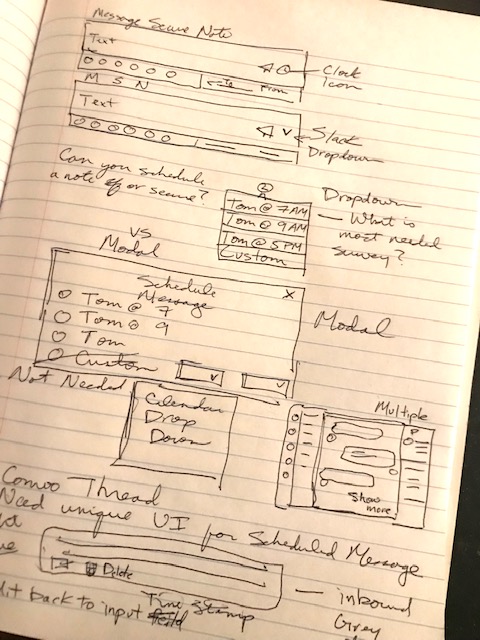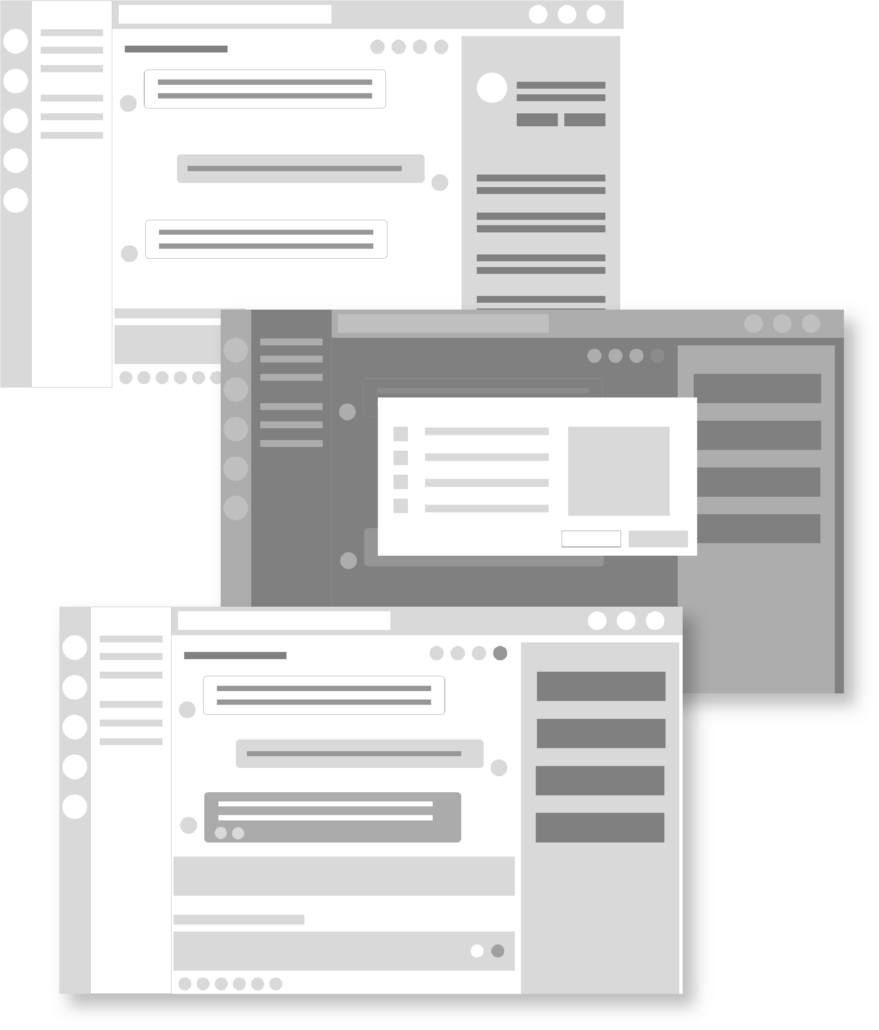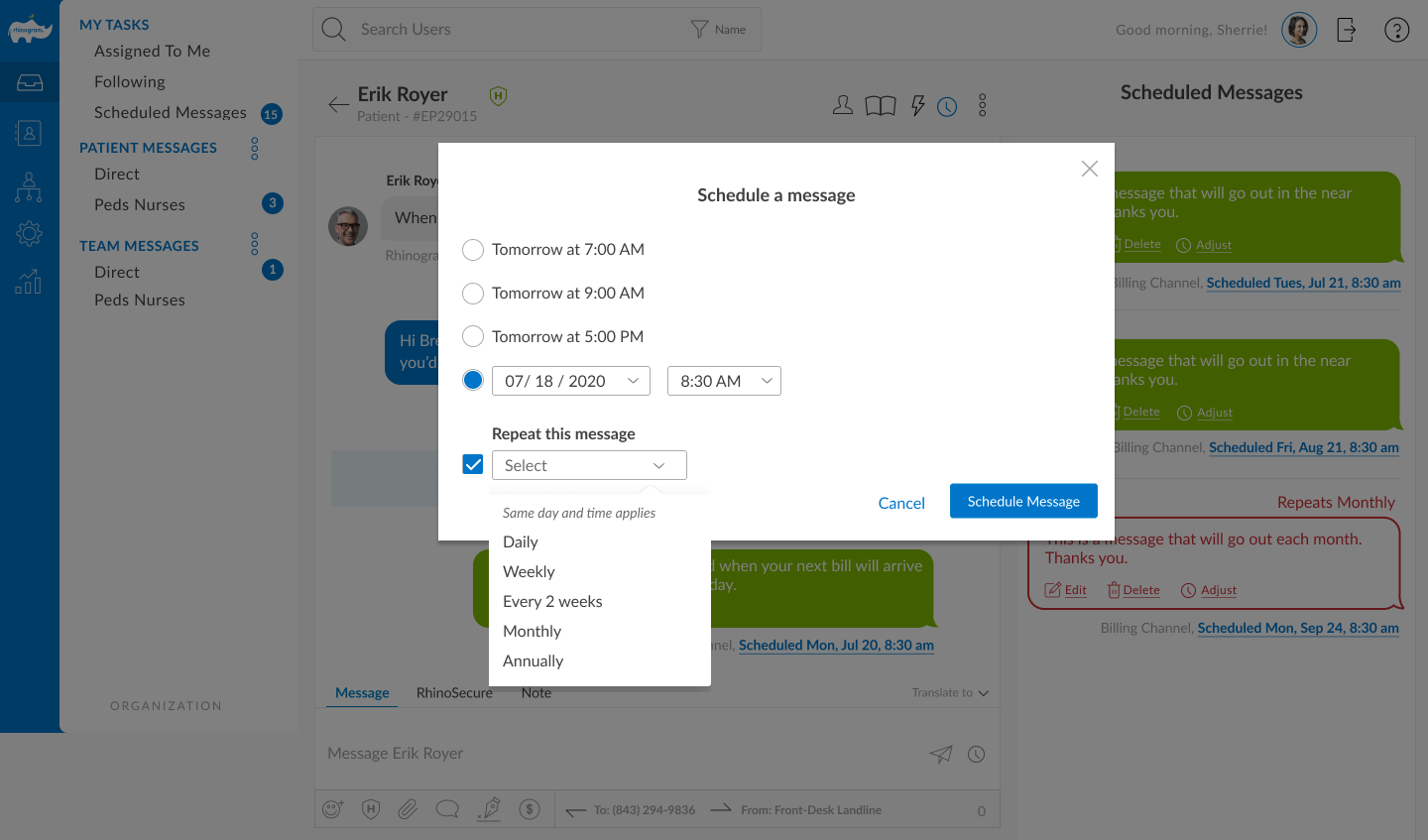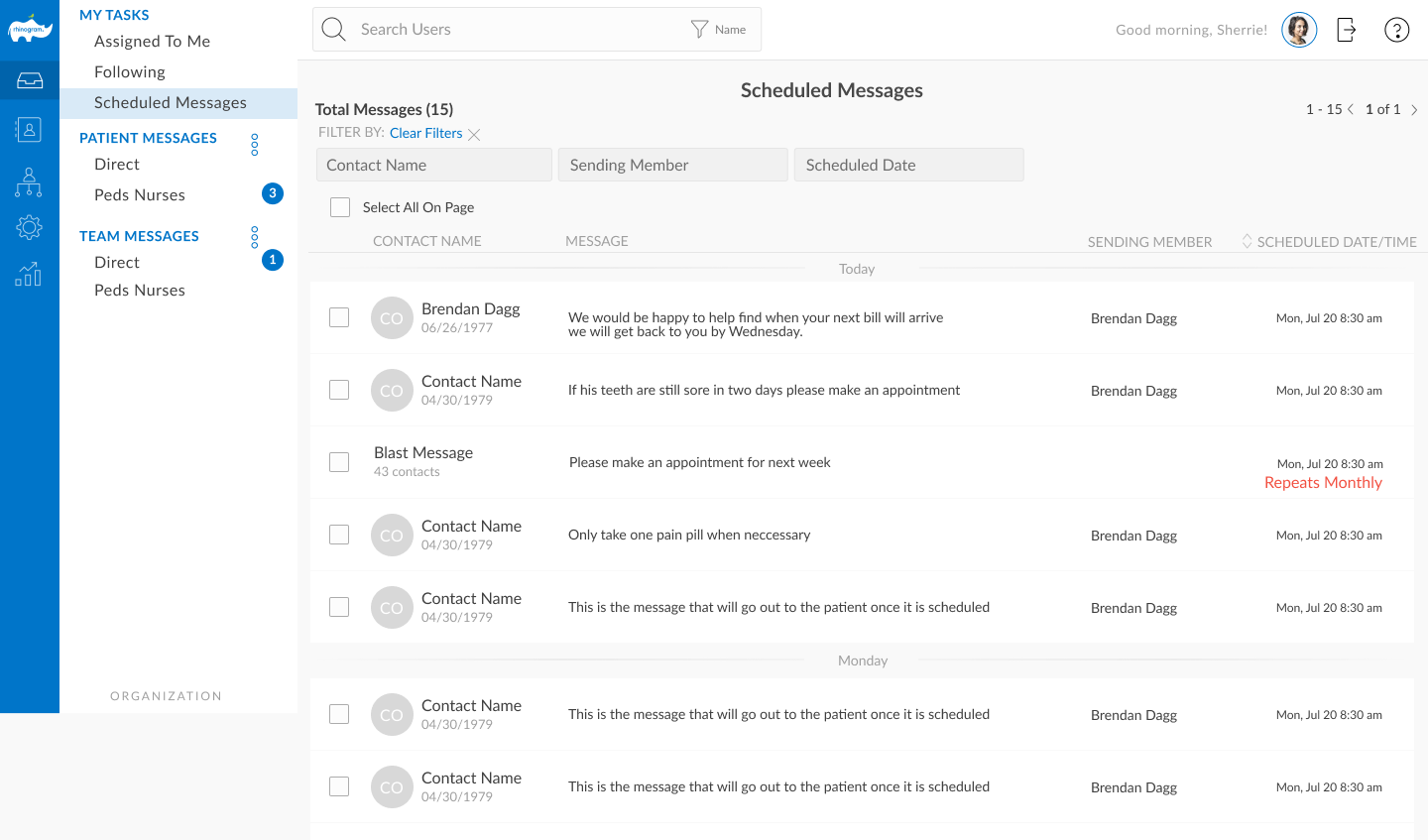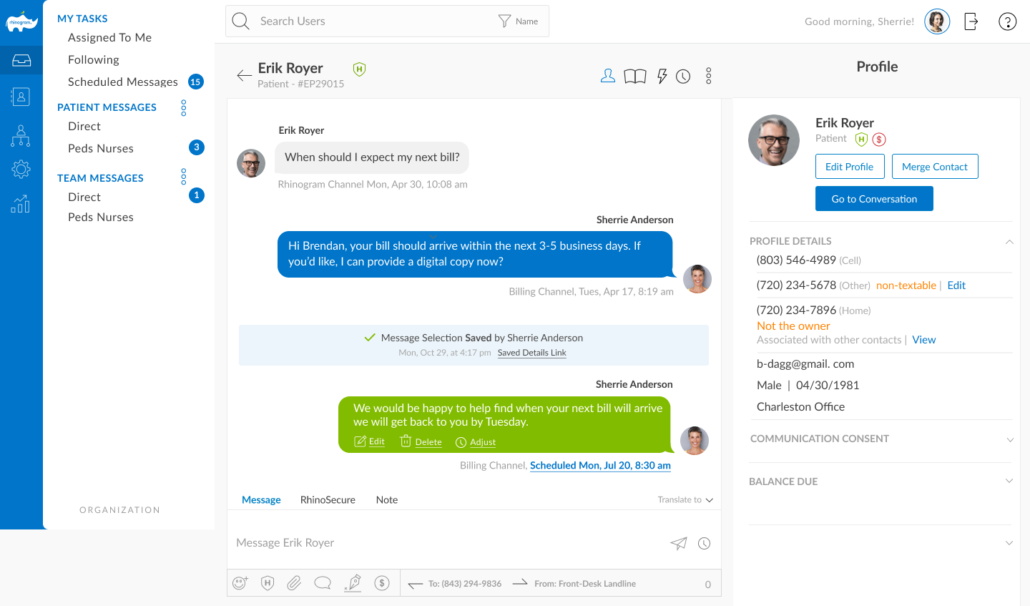Project Background
Rhinogram is a HIPAA-compliant patient engagement platform designed to streamline communication between patients and healthcare providers. The platform facilitates secure virtual visits without requiring patients to download an app, offering a seamless and intuitive user-experience. Serving over 13.5 million patients nationwide, Rhinogram provides a secure care solution tailored to modern healthcare needs.
Healthcare practices often face challenges such as managing inbound calls, scheduling appointments, handling cancellations, and ensuring efficient patient care. Rhinogram effectively addresses these issues by enabling more convenient, precise, and efficient communication. Practices leveraging Rhinogram’s platform experience, on average, a 30% increase in the number of patients treated, driving both operational efficiency and practice growth.
My Role
As the UX Product Lead, I needed to understand the problem and determine the most effective solution. To do so, I needed to assess how prevalent this issue was among physicians and identify the potential impact on other user groups. Gathering quantitative data was important to determine the number of organizations that would benefit from addressing this problem and evaluate the scale of its impact.
Additionally, I looked to understand how frequently the group would use this feature. This insight was critical not only for validating the need for the solution but also for anticipating potential system performance issues. For example, if the feature led to a significant increase in outbound queue usage, it could risk overloading our system and hurting performance. By conducting this analysis, I aimed to determine that a solution was both impactful and sustainable, aligning with the technical capabilities of our platform while addressing the needs of our users.


